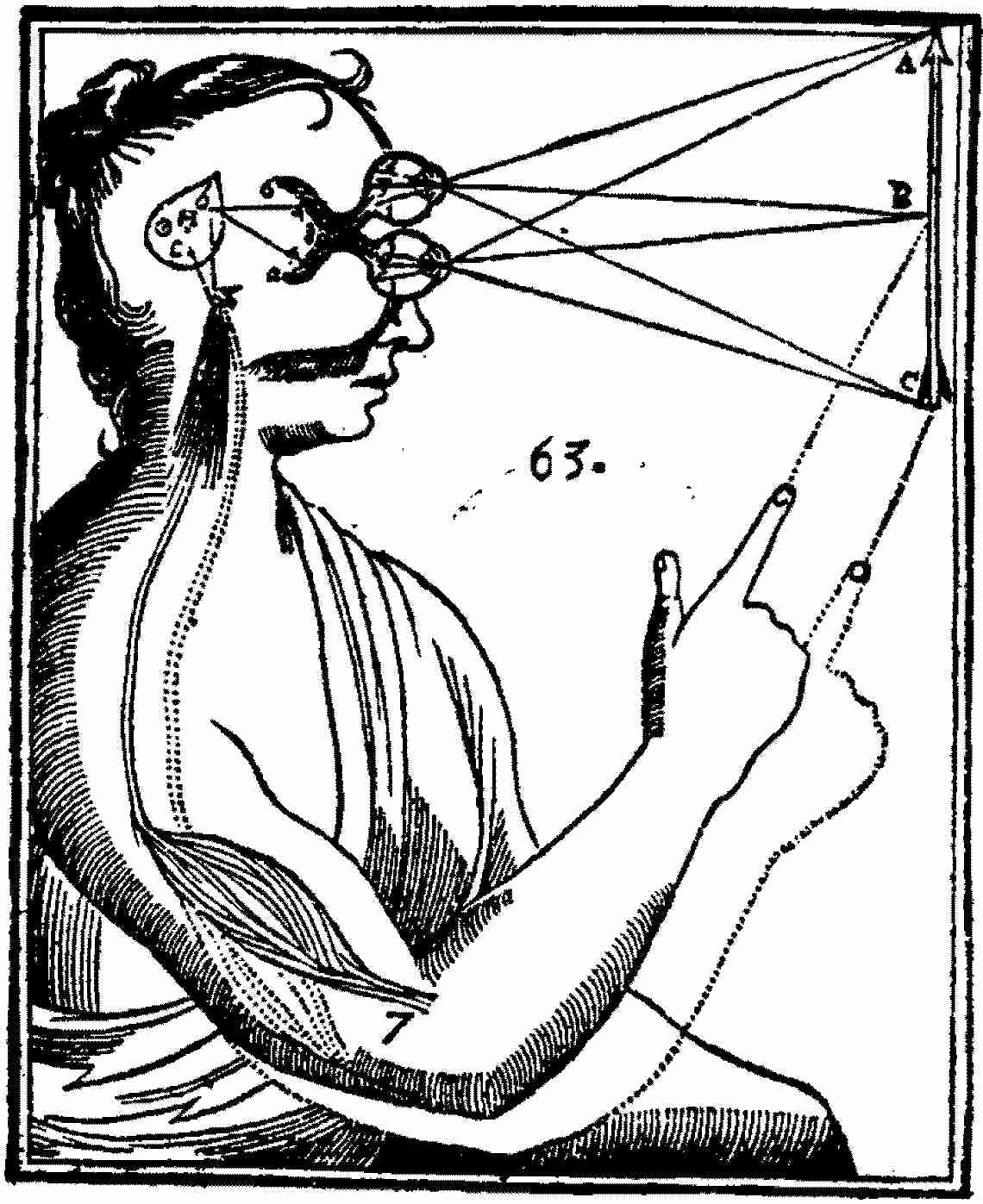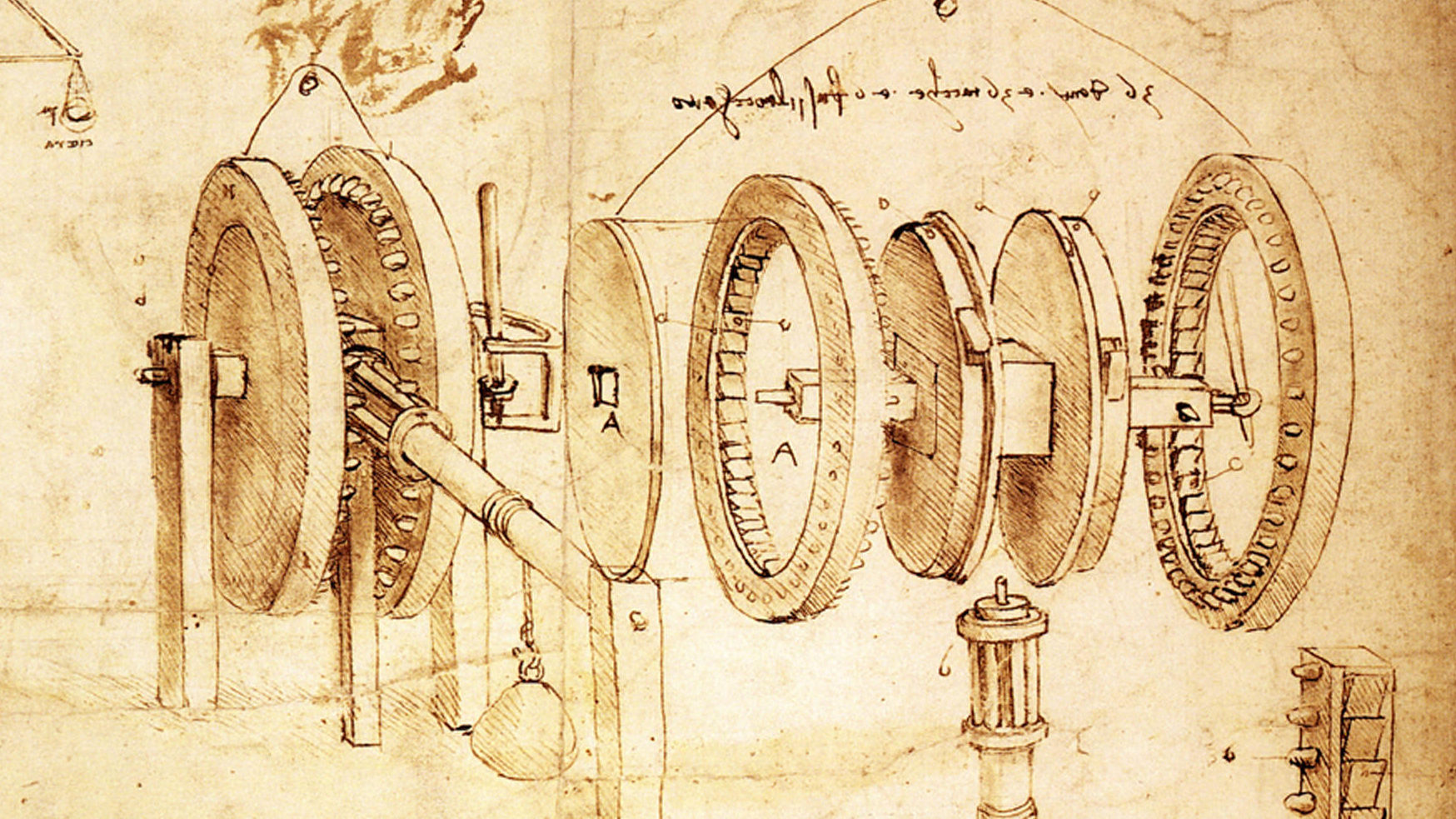CFP: Conference “Hylomorphism into Pieces: Elements, Atoms and Corpuscles in the Late Middle Ages”
Call for Papers
Conference “Hylomorphism into Pieces: Elements, Atoms and Corpuscles in the Late Middle Ages (1400–1600)”
7-8 April 2022, hosted by KU Leuven & Stockholm University
Hylomorphism, the doctrine claiming that physical bodies are metaphysically composed of matter and form, was among the most successful, widespread, and influential theories in the later Middle Ages. Yet hylomorphism had its fair share of problems, which gradually arose during the later Middle Ages. In the 17th century, it became common to claim that the principles of matter and form are unnecessary to explain natural processes and the structure of beings. Like many conceptual shifts in the history of philosophy, detachment from the Aristotelian framework was in many respects the final result of a gradual evolution in the way in which matter and form were conceived and applied as speculative devices.
Important aspects of the strong oppositions to hylomorphism in 17th-century philosophy have been object of recent studies. Nonetheless, the story of how this doctrine and its associated concepts proper to Aristotelianism gradually declined in the late Middle Ages still has to be properly assessed, especially in consideration of the fundamental theoretical developments of the 15th and 16th centuries. Organized by Sylvain Roudaut (Stockholm) and Nicola Polloni (Leuven), the conference “Hylomorphism into Pieces: Elements, Atoms and Corpuscles in the Late Middle Ages” aims to fill this gap by studying the major steps of this story from the late 14th century to the late 16th century.
The rejection of hylomorphism as explanatory device for the constitution of natural bodies was drastically facilitated by the influence of competing justifications of the internal structure of bodies. The rediscovery of Lucretius’ De natura rerum in the early 15th century, together with new translations of other materials from Antiquity, generated new ideas about the structure of bodies and the type of explanation required for natural processes. But how were those new theories of matter received and integrated into the still dominant Aristotelian vocabulary of the time in the first place? To what extent did philosophers of the 15th and 16th centuries—including scholastic thinkers—try to reconcile hylomorphism and these new theories of matter?
Another crucial point of discussion is the theme of minima naturalia, which was originally discussed within the scholastic framework and in connection with problems proper to Aristotelian natural philosophy (such as the problems of spatial and temporal limits). But is it legitimate to regard late medieval theories of minima naturalia as corpuscularist or pre-corpuscularist conceptions of matter? To what extent did those theories pave the way for more radical corpuscularist conceptions of nature?
Finally, in Aristotelian natural philosophy, hylomorphism was accompanied by another theory of composition, taking bodies as elemental mixtures—those two types of composition being notoriously hard to reconcile. In what way did atomism affect the relation between those theories and benefitted the bottom-up approach typical of elemental composition? Similar questions can be asked about the notions of act and potency, which were increasingly detached from Aristotelian hylomorphism due to the development of corpuscularist accounts of motion.
With a hybrid format, Hylomorphism into Pieces will take place on 7-8 April 2022 in both Stockholm and Leuven, as well as in anyone’s laptop via Zoom. Interested participants should send their proposal (short abstract and title) to Sylvain Roudaut (sylvain.roudaut[at]hotmail.com) and Nicola Polloni (nicola.polloni[at]kuleuven.be) by 30 October 2021. Acceptance of the proposals will be announced by 15 November 2021. Please contact the organizers for any query you might have.

